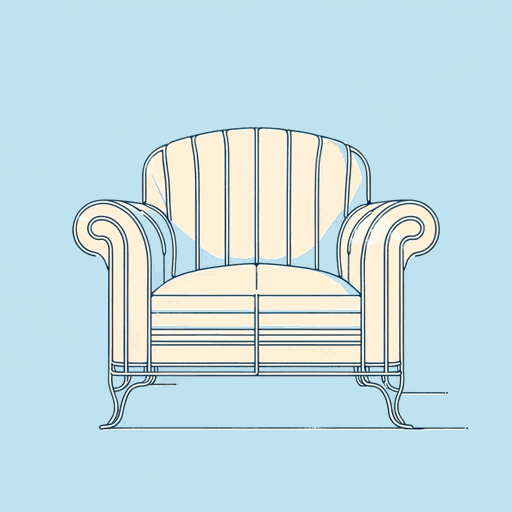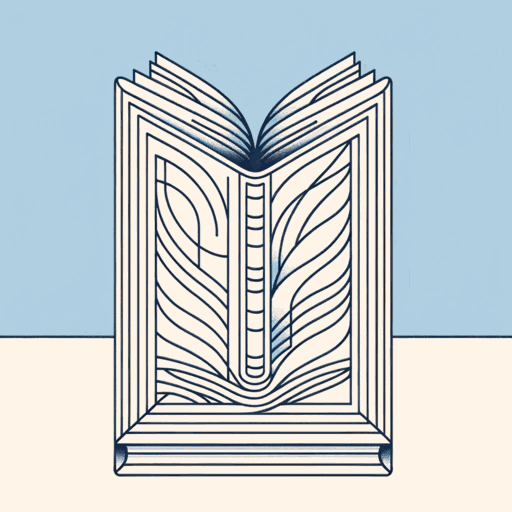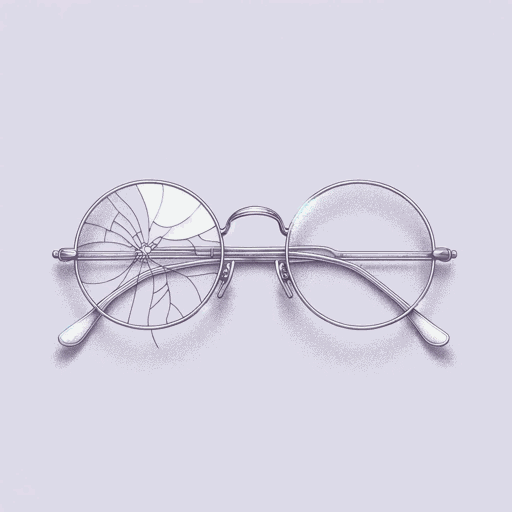45 pages • 1 hour read
Sigmund FreudThe Uncanny
Nonfiction | Essay / Speech | Adult | Published in 1919A modern alternative to SparkNotes and CliffsNotes, SuperSummary offers high-quality Study Guides with detailed chapter summaries and analysis of major themes, characters, and more.
Summary
“Screen Memories”
“The Creative Writer and Daydreaming”
“Family Romances”
Part 1, “Leonardo da Vinci and a Memory of His Childhood”
Part 2, “Leonardo da Vinci and a Memory of His Childhood”
Part 3, “Leonardo da Vinci and a Memory of His Childhood”
Part 4, “Leonardo da Vinci and a Memory of His Childhood”
Part 5, “Leonardo da Vinci and a Memory of His Childhood”
Part 6, “Leonardo da Vinci and a Memory of His Childhood”
Part 1, “The Uncanny”
Part 2, “The Uncanny”
Part 3, “The Uncanny”
Key Figures
Themes
Important Quotes
Essay Topics
Key Figures
Leonardo da Vinci
Da Vinci, who lived between 1452 and 1519, is widely regarded as the exemplar “Renaissance man,” in humanist terms. This Italian polymath made revolutionary contributions in the areas of painting, music, science, architecture, mathematics, engineering, botany, writing, history, astronomy, and cartography. He is sometimes credited with inventing the helicopter, parachute, and tank, more than 300 years before these technologies reached mass-production levels. With his vast curiosity, da Vinci is commonly believed to have been the most talented individual ever to have lived, and thus his character is a fruitful one for Freud’s analysis.
Brothers (Jacob and Wilhelm) Grimm
Grimm’s Dictionary, or the Deutsches Worterbuch (DWB) is the largest compendium of the German language in existence. It encompasses modern High German since 1450, and it is one of the sources that Freud cites in when he is establishing the definition of the unheimlich that will support his arguments in the later phases of the essay.
Karl Gutzkow
Freud makes reference to the following quote from playwright Karl Gutzkow during the discussion of the semantics of heimlich. The phrase comes from the novel Die Ritter vom Geist (1851), and is proceeded by a brief example of the heimlich, which Freud does not quote but alludes to.
Related Titles
By Sigmund Freud

Civilization And Its Discontents
Sigmund Freud

Moses and Monotheism
Sigmund Freud

On Dreams
Sigmund Freud

The Freud Reader
Sigmund Freud

The Future of an Illusion
Sigmund Freud

The Interpretation of Dreams
Sigmund Freud

Three Essays on the Theory of Sexuality
Sigmund Freud

